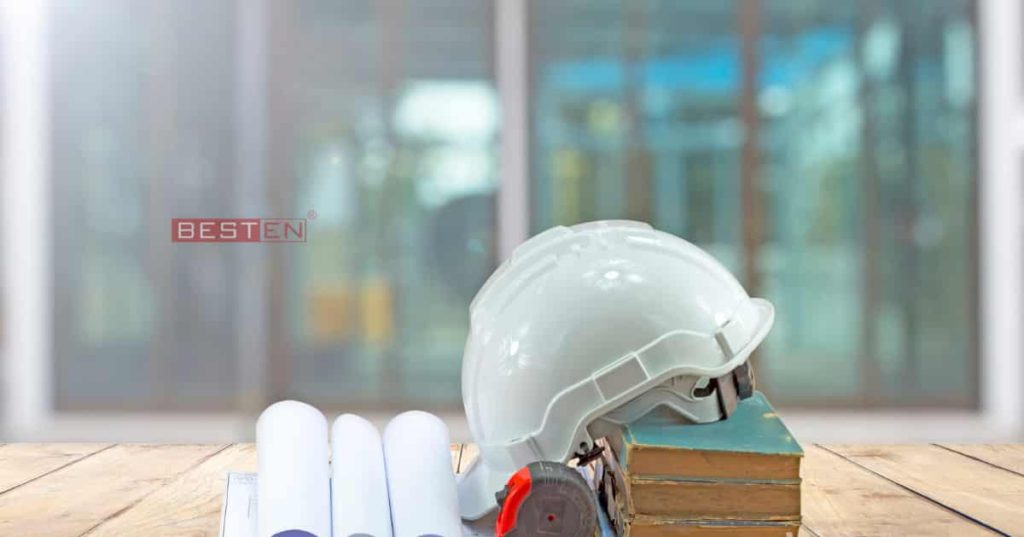Aesthetics is usually synonymous with design; however, the thought of industrial infrastructure is often a functional, drab look. Industrial architects have also been bringing aesthetics into industrial infrastructure design.
What is aesthetics?
Aesthetics is a design principle that adds visually pleasing qualities to the design. It helps enhance functionality with visual attractiveness. Moreover aesthetics includes colour, balance, scale, shape, visual weight etc.
Industrial infrastructure design means a functional building known for manufacturing. It never was associated with visual appeal. However, things have changed; these days, aesthetics and functionality go hand in hand. Industrial architects take a few additional practical steps to place everything aesthetically. Some steps, including architectural design of the interiors and exteriors, are common these days. Also the usage of daylight, visual communication aid, area planning, and landscaping are all needed to make an industry aesthetic.
Aesthetics in industries
Aesthetics in industries also include comfortable working conditions and proper lighting. AdditionalIy, it improves productivity, better quality and enhanced workforce involvement.
Aesthetics bridges the practical design objectives, and there is a visually appealing design. Good industrial architects work on improving aesthetics by understanding the process, the surroundings and bringing in a balance of functionality, material & appearance. Aesthetics in industries often means the deliberate exposure of structural and mechanical elements. Also, aesthetics is also in the symmetry of the elements in the industrial building.
Industrial architecture often has two main goals efficiency and safety. It has to be an efficient way to turn raw materials into finished goods in a factory. Furthermore there has always been a need for flexible layouts that could change with the technology change or change in the process.
Some factors that have to be considered by industrial architects are:
- Process flow
- Area allocation
- Branding
- Safety
- Regulatory compliances
- Creating the right balance between functionality and aesthetics.
- Ergonomics
Aesthetics in industries is not a standalone feature. Typically, industrial architects consider along with functionality, ergonomics, and safety together. Considering only aesthetics will lead to sub-optimal results.
Conclusion
To conclude, industrial architects consider aesthetics for industrial infrastructure design along with functionality and safety, to create an optimal design.












